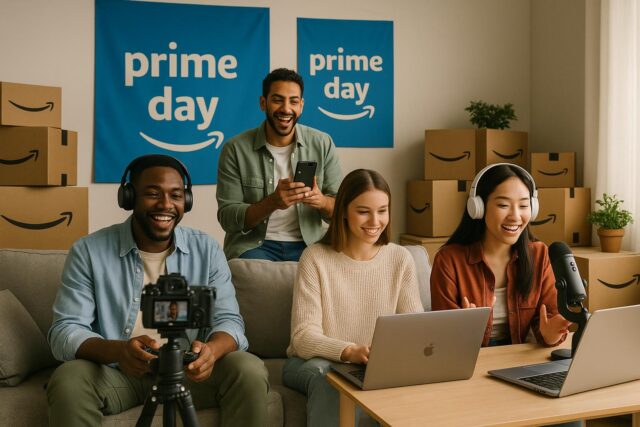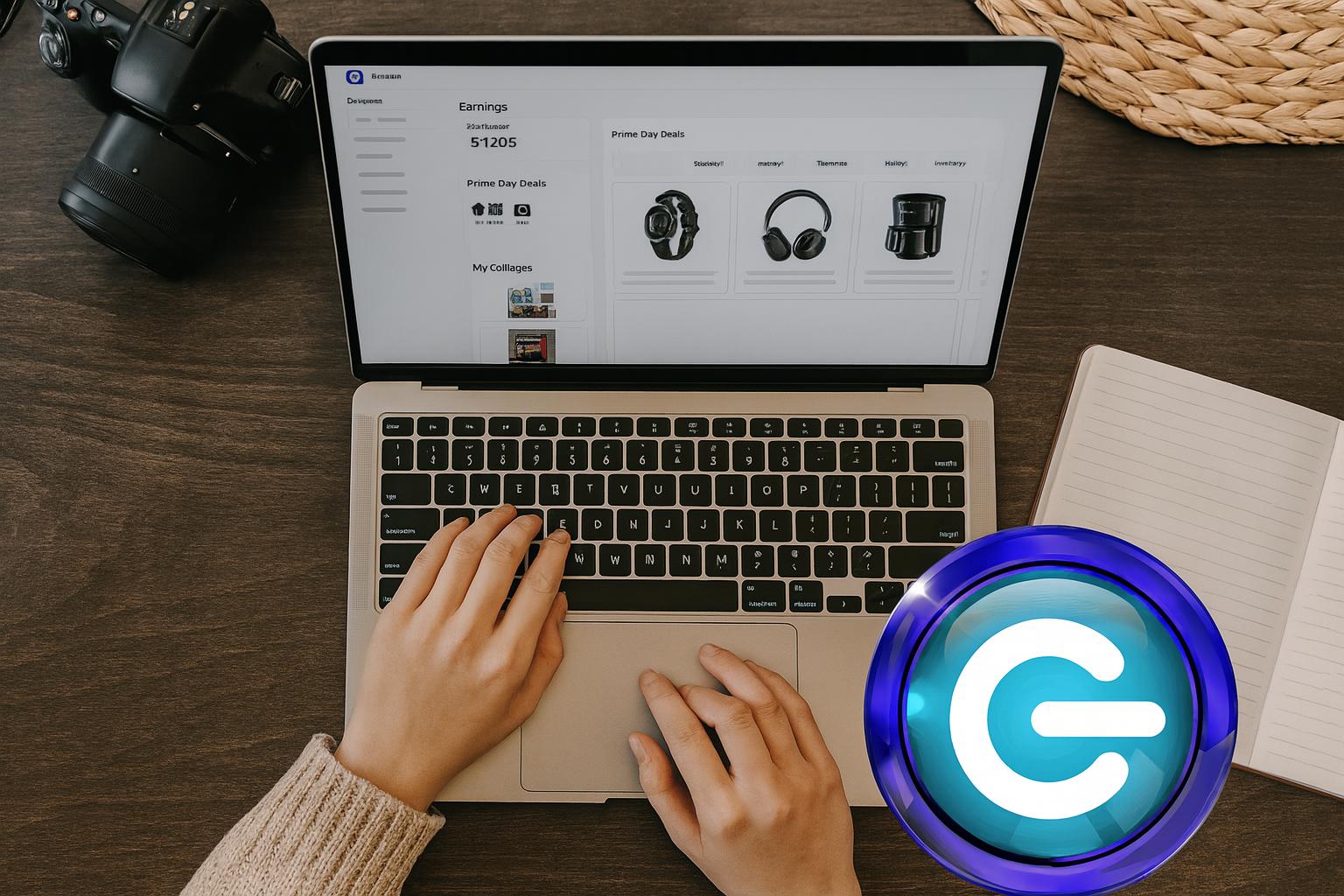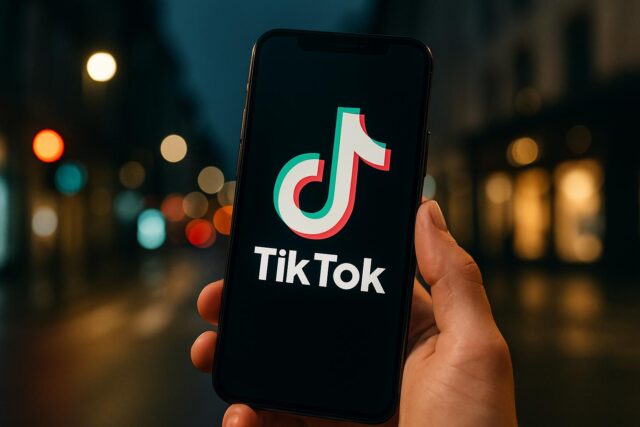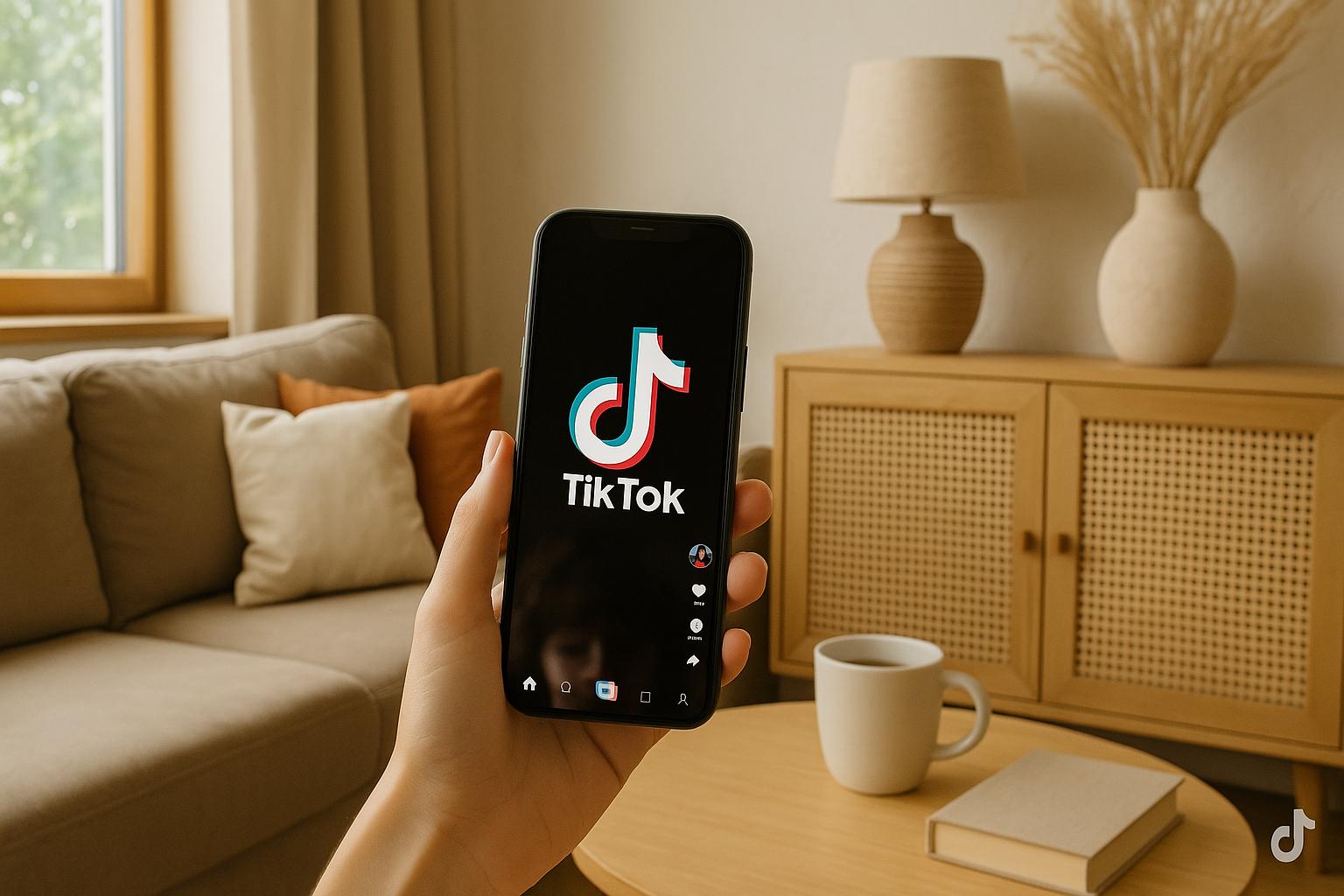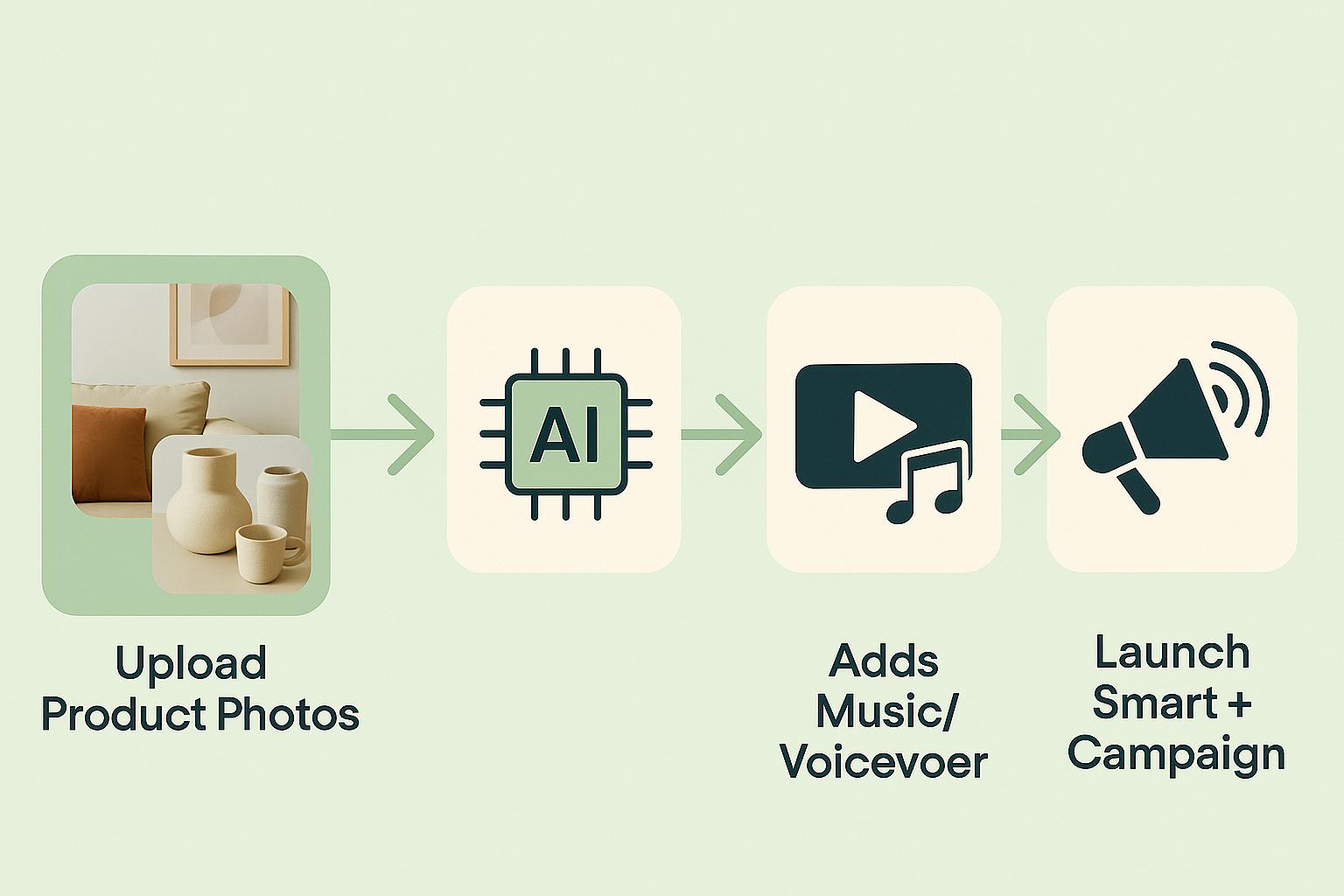Face or No Face? Which Shoppable videos drive more success?
If you’re an Amazon influencer, you’ve probably asked yourself this more than once:
“Do I need to show my face in every shoppable video to succeed?”
It’s a question that pops up in creator chats, coaching groups, and Reddit threads almost daily. Some creators swear that showing your personality on screen is the magic ingredient that builds trust and drives conversions.
Others insist that faceless videos with hands-only demos, voiceovers, and clean editing work just as well, if not better.
The truth? New data suggests it’s not about your face at all.
A deep dive into the habits of top-earning Amazon influencers reveals something surprising: creators who consistently show their face in 100% of their videos and those who never show it at all both outperform those who do so in between.
So what’s driving success? Not the face on screen, but the systems and workflows behind the content. Let’s break down what the data reveals and what you can do to thrive.
Two clear groups of top earners
For years, influencers have debated:
- Does the shopper trust a faceless, voice‑over explainer?
- Or do conversions spike when viewers see a real person they can connect with?
Claire Shaner’s 2025 survey of top‑grossing Amazon influencers delivered a shock. The creators earning the most fell neatly into two groups:
- Always‑on‑camera: Every video features their face, personality, and direct‑to‑camera delivery.
- Never‑on‑camera: Zero face time, just narration, hands‑on demos, tight editing, and overlays.
And the middle ground? Those who sometimes show their face and sometimes don’t consistently earn less than either extreme.
“Those that either show their face 0% of the time, or 100% of the time are those that make the most… what
matters much more than if your face is shown is the systems and routine that you use to create your videos.” Claire Shaner
Why Systems
Reddit’s r/AmazonInfluencer is full of threads confirming this finding. High‑earning creators repeatedly say the same thing: consistency, templates, and batching win over charisma.
Here’s why workflow trumps camera presence:
- Repeatable Processes Win:
Top earners build templates, follow checklists, and batch their filming days. They’ve removed friction from production. - More Content, More Algorithm Love:
Amazon’s algorithm rewards frequent uploads. Streamlined prep means more content, more impressions, and more conversions. - No Decision Fatigue:
Creators who haven’t decided on their style lose time debating each shoot. Those who pick a lane face or no face pour that mental energy into better content.
One Reddit creator shared: “I stopped overthinking whether to show my face. I went all‑in on hands‑only unboxings. My output doubled, and my commissions followed.”
What Converts
Amazon’s Influencer Program has matured. With more brands competing for attention, there’s pressure to adopt every new trick, studio lighting, trending transitions, background music, and yes, on‑camera charisma.
But brands paying top dollar care less about your face and more about these factors:
- How reliably do you deliver sponsored videos?
- How well your content aligns with the buyer’s journey.
- The professional polish of your video assets.
- Creators who consistently earn high commissions focus on:
- Clean, steady audio and visuals (even on a budget setup).
- Tight, value‑packed editing that keeps attention on the product.
- Clear calls to action that lead to clicks and sales.
Building a High‑Impact Amazon Video Workflow
Here’s how to apply these findings to your creator workflow:
- Decide Once, Then Commit
Pick your lane: face‑on or faceless. Build your entire workflow around that choice and stop second‑guessing. - Create Templates
Develop reusable scripts and shot lists for reviews, demos, and unboxings. Tools like Logie can store and organize these for you. - Batch Film & Edit
Top earners report filming 10–20 videos in one session. Less setup, more output. - Automate Delivery
Utilize platforms like Logie to schedule uploads, track analytics, and manage reminders, ensuring you never miss a posting date. - Stick to a Release Ritual
Set specific publish days. That rhythm signals reliability to both the algorithm and brands.
What Marketers Want in 2025
If you’re on the brand side, these findings are invaluable. Stop obsessing over whether an influencer is on camera. Instead, look for:
- Portfolio Consistency: Do their videos feel cohesive and professional?
- Output Volume: Are they active and capable of delivering in bulk?
- Workflow Transparency: Can they articulate how they plan, film, and deliver on a brief?
- Marketers repeatedly emphasize that dependable processes beat flashy personalities when it comes to ROI.
Conclusion
The numbers don’t lie: whether you’re camera‑shy or love being front and center, you can succeed as an Amazon influencer.
The deciding factor isn’t your face, it’s your process.
The creators making the most aren’t debating their on‑screen presence. They’re doubling down on repeatable systems, tight workflows, and consistent posting schedules. That’s what feeds the algorithm, builds brand trust, and grows commissions.
Here’s your permission:
Stop overthinking your on‑camera persona. Choose your style, face or no face, and commit. Build templates, batch your filming days, and use tools like Logie to streamline your workflow.








